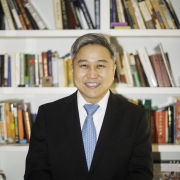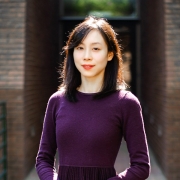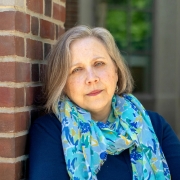Chemistry Researchers Create New Light-Bending Metamolecules
Researchers at the University of Pennsylvania have devised a way of mass-producing metamaterials, which are structures that have physical properties not found in nature. Recent chemistry Ph.D. graduate and lead author Zhaoxia Qian worked with Assistant Professor of Chemistry Zahra Fakhraai and Nader Engheta of SEAS to create light-bending structures that look like nanoscopic raspberries. Their findings, published in ACS Nano, could be relevant to applications in optical processing and signal handling.
Read the full story here.





